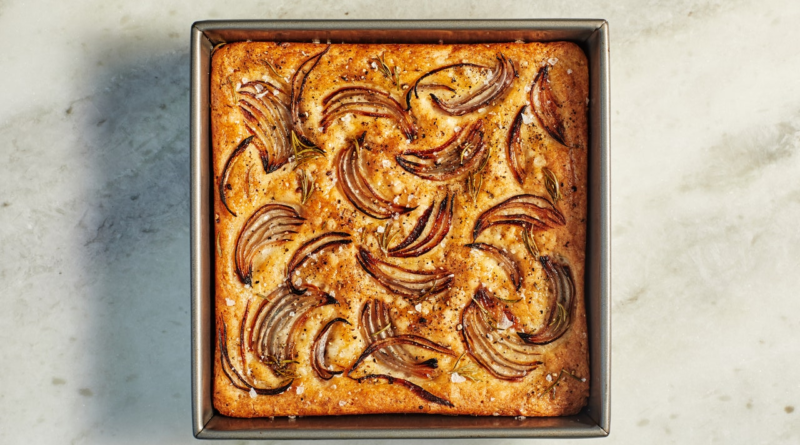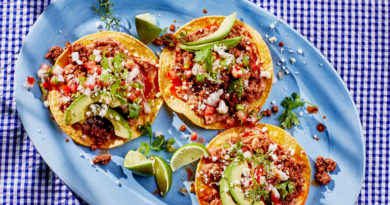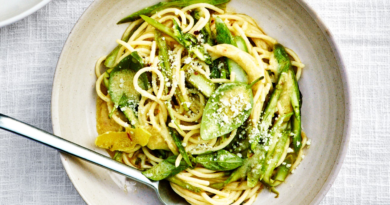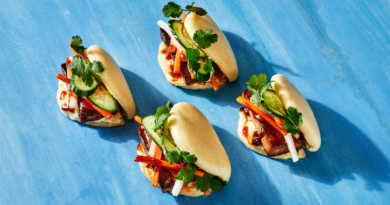Gluten-Free Focaccia With Rosemary and Onion
The goal: Develop a recipe for gluten-free focaccia that rivals our wildly popular recipe for no-knead focaccia. Getting there was no easy task. Flour is a fairly small component in cakes and cookies relative to the other ingredients. But bread? Bread recipes hinge on gluten, which is formed by the reaction of (usually) wheat-based bread flour or all-purpose flour and water.
The open, airy structure of conventional bread results from a strong gluten network trapping carbon dioxide as the dough rises. The trick to reproducing this in gluten-free baking is to create a dough that’s sticky and thick enough to do the same. Our solution? Psyllium husk, a natural fiber so powerfully absorbent that it can turn a thin batter into a workable bread dough. When mixed with liquid, the husks form a sticky, stretchy gel that mimics the elasticity of gluten, creating enough structure to trap gas bubbles as the yeast expands.
The result is this actually easy wheat-free focaccia, which bakes up with an open, chewy crumb, a crispy crust awash in olive oil, and trademark dimples filled with fresh rosemary and onion. It’s made to be eaten on its own, a delightful side dish in its own right, or torn off in chunks and dunked into soup. But you can also treat this loaf as Italian sandwich bread: Slice a square through the center and pile it high with cheese, meat, and vegetables. Or use it as a gluten-free pizza crust: Replace the rosemary and onions with oregano, crushed red pepper flakes, and sun-dried tomatoes and finish the baked focaccia with a generous scattering of fresh mozzarella and Parmesan cheese.
A few tips for success (especially if it’s your first time making GF bread): Use whole psyllium husk; the powdered version is too absorbent and will throw off your recipe. Cup4Cup is our preferred flour for gluten-free bread recipes; it consistently produced the best gluten-free focaccia, but it does contain milk powder, so it’s not dairy-free. If you’re seeking a loaf that’s vegan as well, swap in your favorite gluten-free flour mix and use a vegan butter substitute to grease the baking pan. Finally, note that you must use instant yeast. Active dry yeast requires warm water to reach its full potential, but warm water would essentially deactivate the baking powder used here as a secondary leavener. Result: gummy bread. Instant yeast, on the other hand, can be mixed with room-temperature water without suffering any performance issues.




